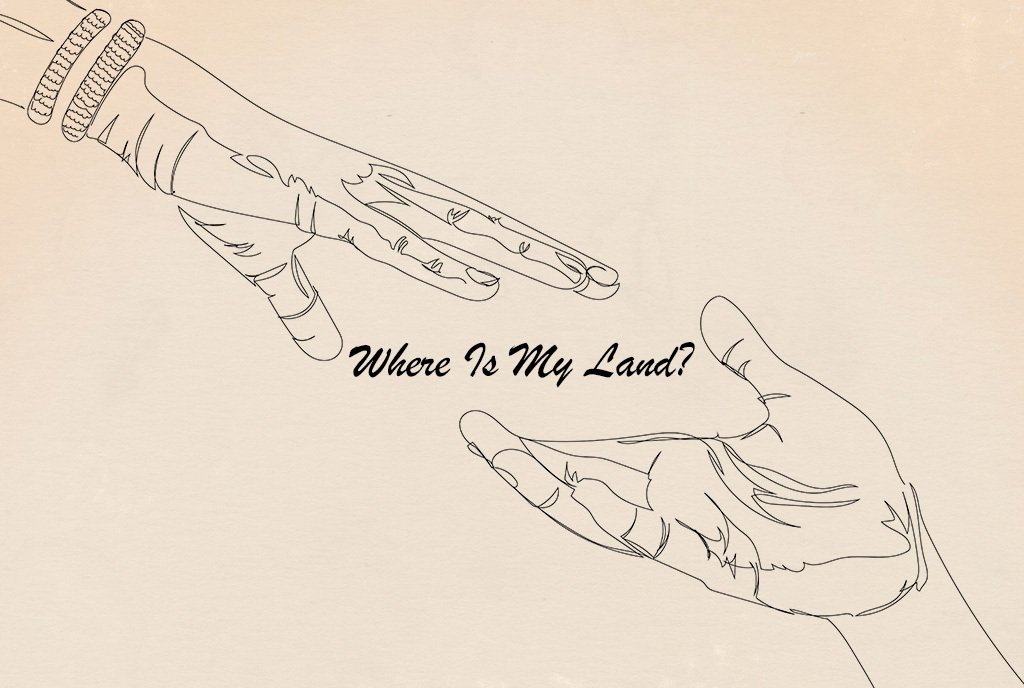
August 12; Salon
It’s simple: A friend posts a video, explaining they are raising awareness for ALS and then dumps a bucket full of cold ice on their head. During the video, the individual performing the ice bucket challenge must then call out three friends and then those mentioned friends have 24 hours to take on their challenge and then continue to spread the challenge to three of their friends.
Often referred to as Lou Gehrig’s Disease, ALS is a serious condition that affects over 12,000 people – causing muscle spasms, loss in muscle mass, difficulty speaking and breathing, and paralysis. So is this social media craze too disconnected from the meaning or cause of treating ALS? There are certainly critics of the trend who believe “a lot of the participants are probably spending more money on bagged ice than on ALS research,” but apparently the goofy stunt has caught on like wildfire and has increased donations to the ALS Association by 1,000%, raising a total of $4 million since July 29. During the same time period last year, the association had raised $1.1 million.
Sign up for our free newsletters
Subscribe to NPQ's newsletters to have our top stories delivered directly to your inbox.
By signing up, you agree to our privacy policy and terms of use, and to receive messages from NPQ and our partners.
Celebrities have even joined in on the challenge; Matt Lauer, Martha Stewart, Mark Zuckerberg, and even politicians such as Chris Christie and Boston’s Mayor Marty Walsh have taken on the task of dumping ice on your head for charity. Ethel Kennedy even challenged President Barack Obama to participate, but the president has opted to donate directly to charity instead.
Mashable and the Boston Globe have both stated the nonprofit ALS Association credits the idea to Pete Frates, a former Boston College baseball player diagnosed with ALS in 2012. But Slate states the idea originated from a dare that was circulating among a group of pro athletes before Frates took on the challenge, and those who declined had to donate $100 to charity of the challenger’s choice.
Although this charity challenge’s message may have gotten muddled through social media channels and wasn’t a genius marketing campaign organized by the ALS Association, there are lessons to take away from this trend for giving and social media campaigns:
- The influence of friend networks: Taking the focus away from promoting the organization itself and directing social media campaigns to people connections could bring a new energy to efforts. People of all ages are now using social media to connect with their family and friends, utilizing these connections can be powerful.
- Make giving fun: Although being a donor is prestige in itself, people are inundated with giving to charities constantly everywhere – from browsing the Internet to checking out at the grocery store register. Adding a fun new twist to giving campaigns could attract a whole new audience.
- Be timely: It’s summer, and for a vast majority of Americans it is very hot. If the ice bucket challenge launched in December, would as many people have participated? Probably not. Linking donor campaigns to what current events, holidays, or seasons are happening during the time of year can prove to be very effective.
- Video media is powerful: From Vine to Instagram to the media powerhouse Youtube, video and image sharing is dominating the social media scene. Quickly creating a video through mobile technology and syncing it to the web can be done with a few simple clicks, so take advantage of this. Encouraging people to share their experiences through video can make supporters feel more involved as content creators.
- Make giving interactive: Being personally called out by loved ones, family and co-workers to step up to a challenge for the sake of charity on a public social network for all online friends to see is a hard offer to turn down. Explore ways to transfer the call-to-action to your participants.
–Aine Creedon












